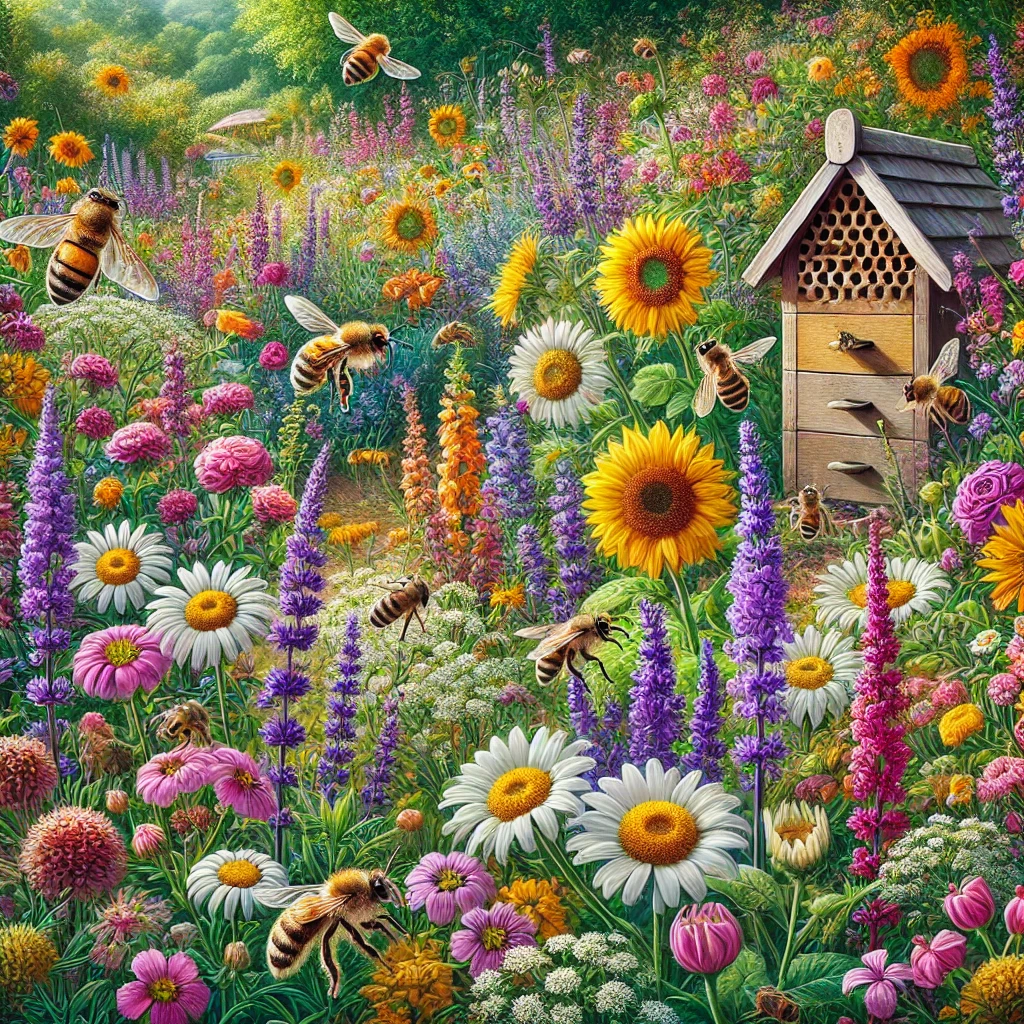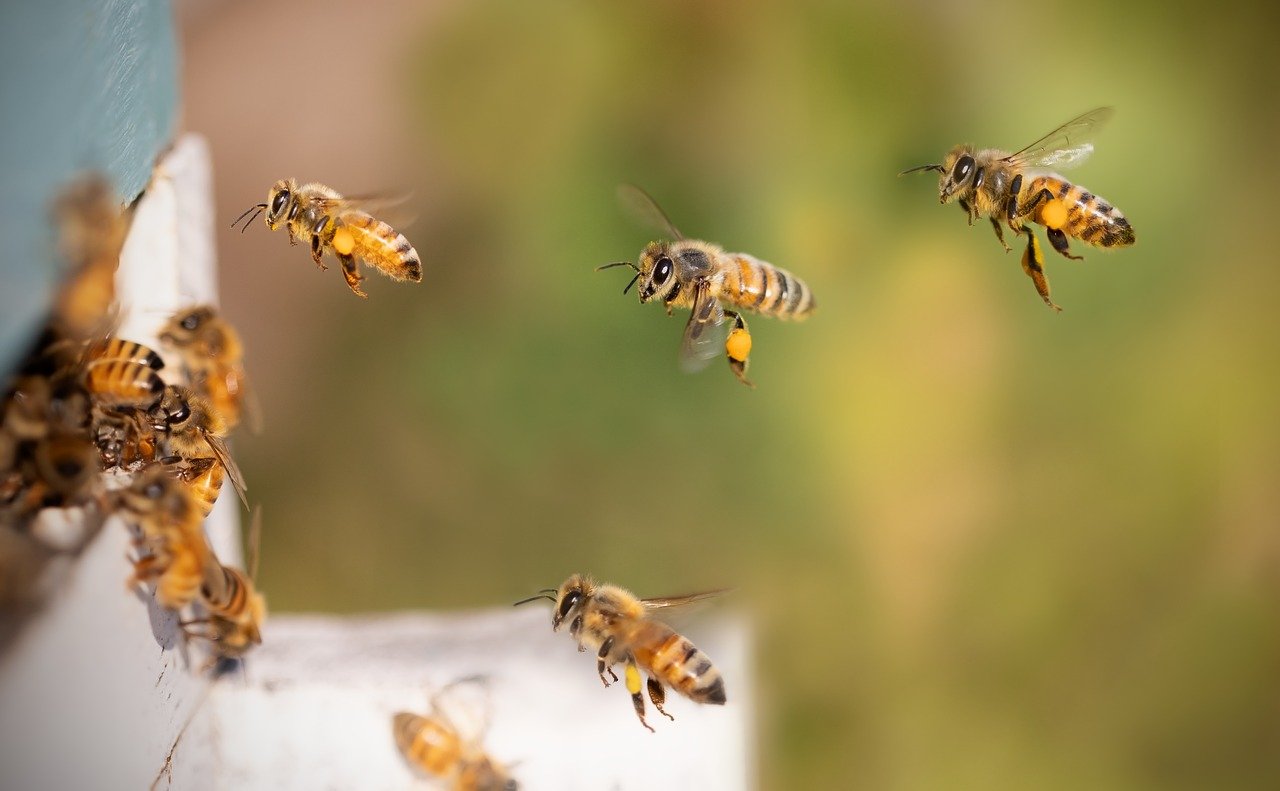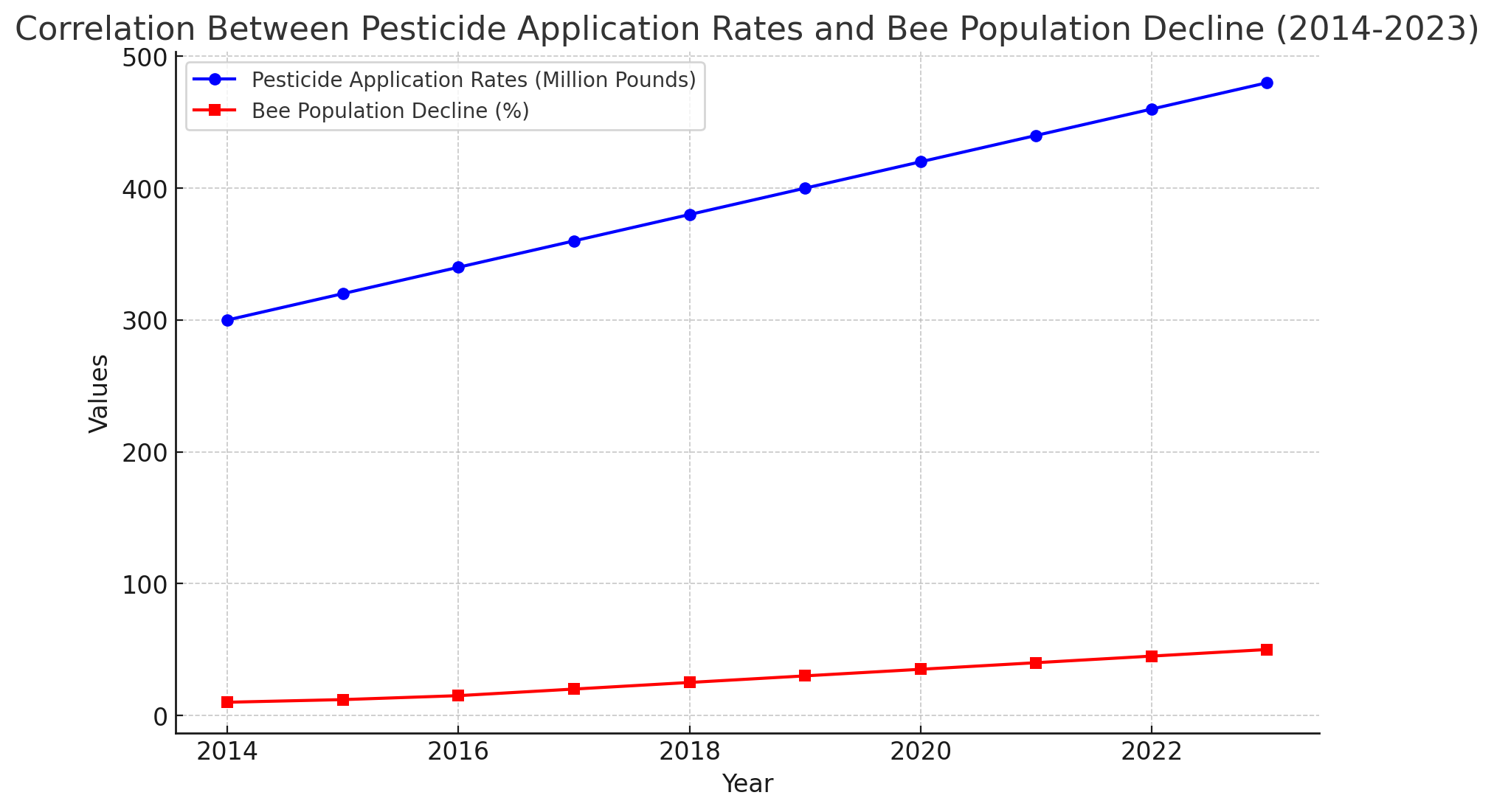 A Guide to Creating a Buzz-Worthy Environment
A Guide to Creating a Buzz-Worthy Environment
Bees are essential for our ecosystem, and helping them thrive is easier than you might think. By making a few changes and involving your family, especially kids, you can create a bee-friendly environment that educates and engages. Here’s how:
1. Create a Bee-Friendly Garden: Get Kids Involved and Educate
Creating a bee-friendly garden is a fun family project and an educational opportunity for kids. Here’s how to make your garden a haven for bees while teaching your children valuable lessons.
Get Kids Involved: Planting and Learning
Kids love to dig in the dirt, so let them get their hands dirty by planting bee-friendly flowers. Choose a variety of native plants that bloom at different times of the year, ensuring a constant food source for bees. Flowers like sunflowers, marigolds, and zinnias are colorful, easy to grow, and attractive to bees.
While planting, teach your children about the importance of bees. Explain how bees pollinate plants, which helps produce the fruits and vegetables we eat. Use simple, engaging language and relate it to their favorite foods like apples, strawberries, and pumpkins.
Common Sense Safety with Bees
Bees can be intimidating, but teaching kids common sense safety around them is crucial. Here are some tips to keep in mind:
- Stay Calm: Explain that bees are generally not aggressive and only sting when they feel threatened. Encourage kids to “bee” calm and move slowly around bees.
- Observe, Don’t Disturb: Teach children to observe bees from a distance. Watching bees collect nectar and pollen can be fascinating, but it’s important not to disturb them.
- Protective Clothing: If your kids are particularly curious and want to get up close, consider dressing them in light-colored clothing and long sleeves to protect against stings.
- Water Source: Create a shallow water source with pebbles for bees to drink from. Kids can help fill and maintain this bee “watering hole,” learning about the importance of providing water for all creatures.
Think Before Swatting: Get to Know Your Bees
It’s easy to panic and swat at a bee, but teaching kids to think before they act can save both bees and unnecessary stings. Introduce them to the different types of bees they might encounter:
Honeybees: These are the classic, fuzzy bees. Explain how honeybees live in colonies, produce honey, and are essential pollinators.

Bumblebees: Larger and fuzzier than honeybees, bumblebees are also important pollinators. They are generally gentle and can be fun to watch as they bumble around.

Solitary Bees: These bees don’t live in hives. They include mason bees and leafcutter bees, which are excellent pollinators and non-aggressive.

Encourage kids to watch the bees and notice their behavior. Are they collecting pollen? Are they drinking water? Understanding these behaviors helps demystify bees and reduces fear.
Educational Activities
Turn your garden into an outdoor classroom with these activities:
- Bee Journals: Give kids a journal to document their bee sightings. They can draw pictures, write descriptions, and note the types of flowers the bees visit.
- Pollination Games: Create a game where kids act as bees, transferring “pollen” (colored powder) from flower to flower. This hands-on activity demonstrates how pollination works.
- Reading Time: Find books about bees and read them together in the garden. Titles like “The Bee Book” by Charlotte Milner or “The Honeybee” by Kirsten Hall are great choices.
- Build a Bee Hotel: To attract bees to a bee house, it should be placed in a sunny location, protected from heavy rain and strong winds, and near a variety of flowering plants. Regular maintenance, such as cleaning out old nesting materials and ensuring the house is dry, will also help keep it a suitable habitat for bees.
By involving kids in creating a bee-friendly garden, you’re fostering a love for nature and teaching them the importance of conservation. It’s a win-win for both your family and the bees!
Avoid Pesticides: Protecting Bees and Your Garden
Pesticides are often used to control pests in gardens, but they can be incredibly harmful to bees. By choosing natural pest control methods, you can keep your garden healthy without endangering these vital pollinators. Here’s how:
Natural Pest Control Methods
- Introduce Beneficial Insects: Ladybugs, lacewings, and predatory beetles are natural predators of common garden pests. Introducing these insects can help keep pest populations in check.
- Use Neem Oil: Neem oil is a natural insecticide that is effective against a variety of pests. It’s safe for bees when applied correctly and can be a great addition to your pest control arsenal.
- Companion Planting: Some plants naturally repel pests. For example, planting marigolds can help deter aphids, while garlic and chives can keep slugs and snails at bay.
- Handpicking: Regularly inspecting your plants and removing pests by hand can be an effective, chemical-free method of control.
Bee-Safe Pesticide Use
If you find that you must use pesticides, follow these guidelines to minimize harm to bees:
- Choose Bee-Safe Pesticides: Look for pesticides labeled as safe for bees. These products are designed to be less toxic to pollinators.
- Apply in the Evening: Bees are less active in the evening, so applying pesticides at this time reduces the likelihood of bees coming into contact with harmful chemicals.
- Avoid Blooming Plants: Do not spray pesticides directly on blooming plants, as this is where bees are most likely to be foraging.
Impact of Pesticides on Bee Populations
To illustrate the impact of pesticide use on bee populations, here’s a line graph showing the correlation between pesticide application rates and bee population decline over the past decade:

This graph demonstrates a clear negative correlation between the increase in pesticide use and the decline in bee populations. By reducing pesticide use and adopting bee-friendly practices, we can help reverse this trend and support healthier bee populations.
Avoiding pesticides and opting for natural pest control methods is a powerful way to protect bees while maintaining a healthy garden. By making these changes, you’re contributing to a more sustainable and vibrant ecosystem. Let’s work together to create a safer environment for our buzzing friends.